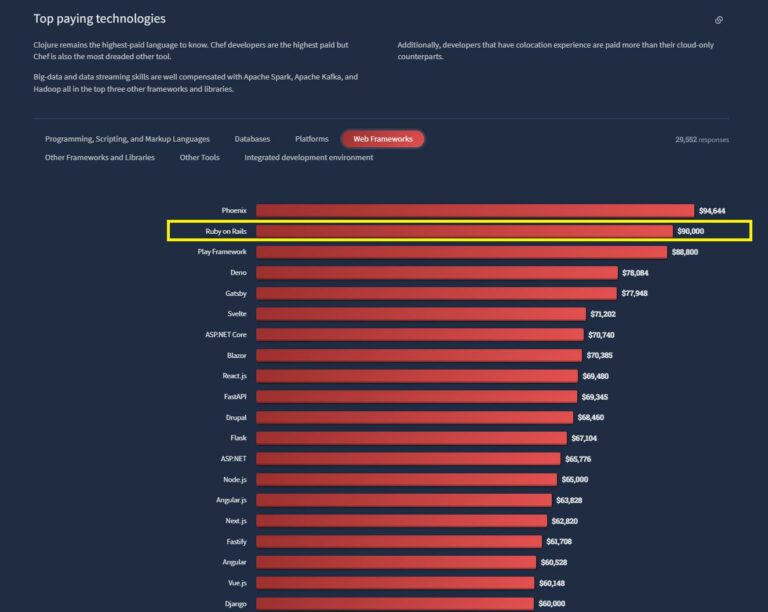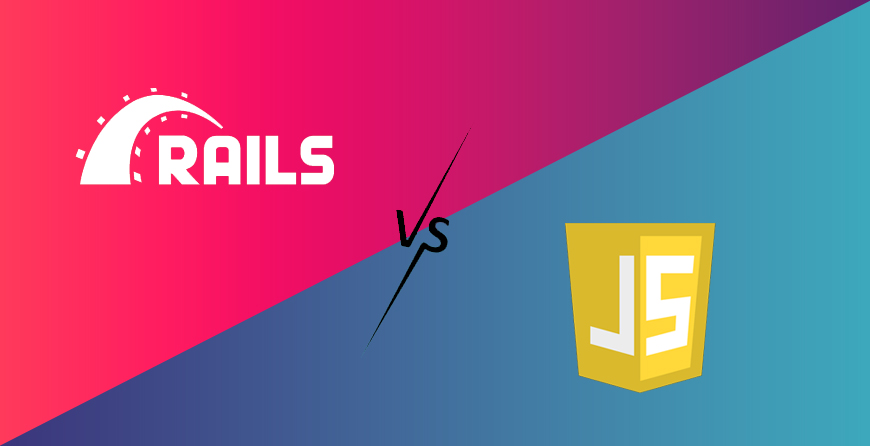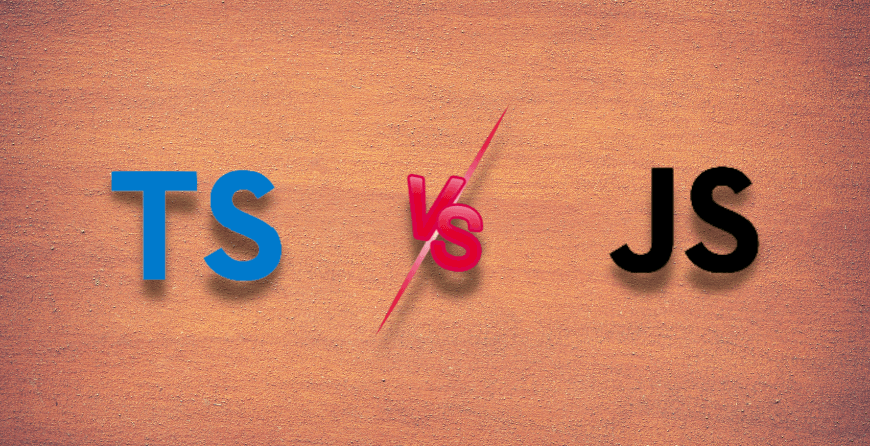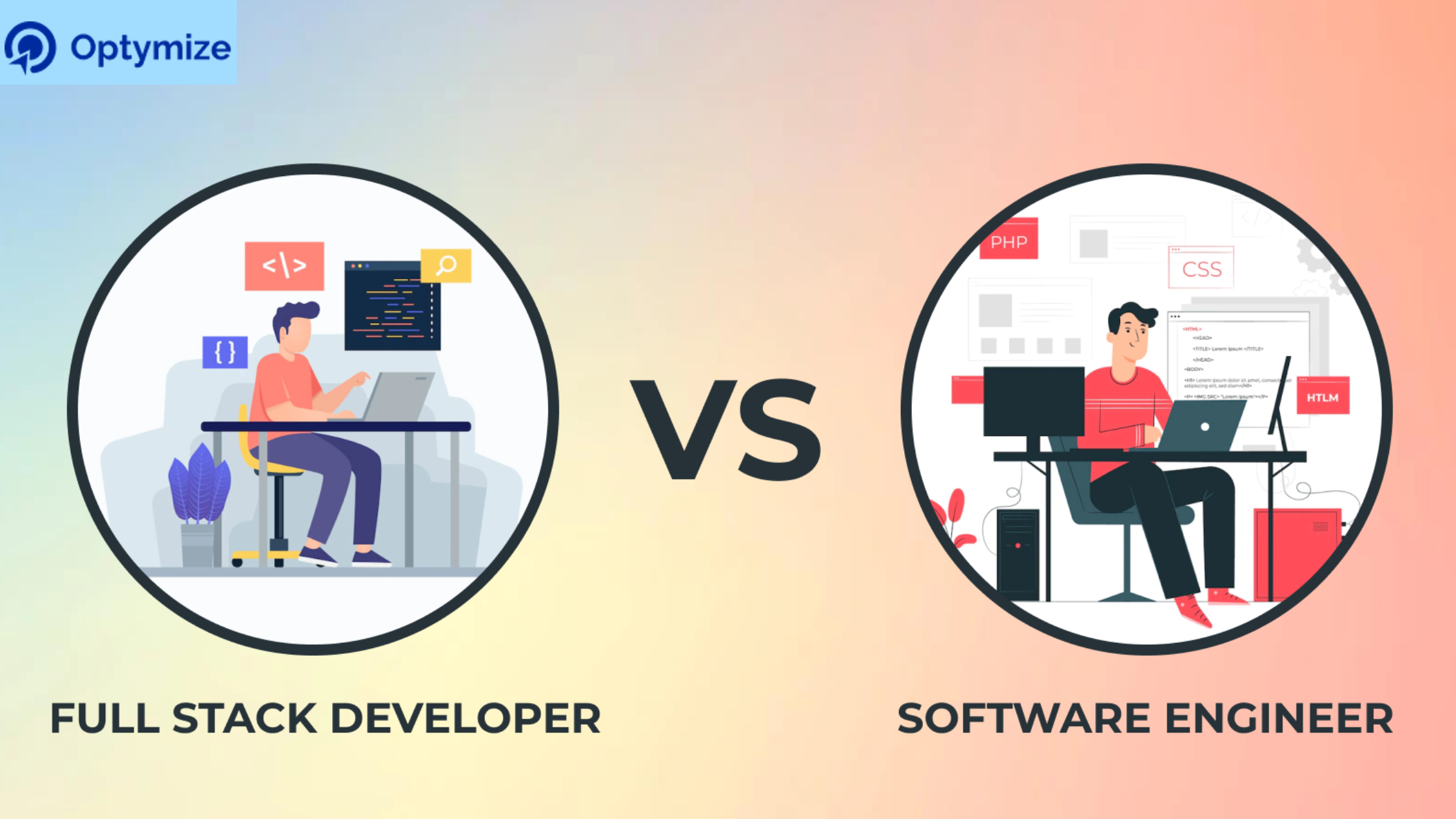Ruby on Rails Vs JavaScript are two technologies that are frequently used together yet have different functions. This article will demonstrate how two opposites can be combined to extend your horizons and give you the ability to view the back-end framework Ruby on Rails and the front-end programming language JavaScript from a different angle. Their combination has endless potential.
Brief Overview – Ruby on Rails
The Ruby-based framework is called Ruby on Rails. It is a server-side framework for building server-side web applications.
The main reasons Ruby on Rails is so well-liked by developers are its quick app development and cutting-edge features, like seamless database table creation, migration, and view scaffolding. Additional benefits of Ruby on Rails include the CoC (Convention over configuration), DRY (don’t repeat yourself), and active record pattern. When building complex apps, Rails is really helpful.
Pros and Cons of Ruby on Rails
| Pros | Cons |
|---|---|
|
Fast and Time Efficient Ruby on Rails experts claim that you can increase development pace by 25–40%, enabling you to market your product more quickly. |
Less Flexibility Ruby on Rails is best for projects with simple, straightforward features. Ruby on Rails is not the best option if you need additional special features. |
|
Replace Resources Very Easily It is easily adaptable, making it simple to locate and train the resources you need. |
Not Every New gems are Beneficial Knowing new gems without being part of the ever growing ruby community is overwhelming for new developers. |
|
A Supportive Community Ruby on Rails has a vibrant community that is committed to offering your project new features because it is open-source software. |
RoR Has its Own Flaws Ruby on Rails has a quick development cycle, yet there are concerns with structural flaws. |
|
Unconventional Industry Standards It has pre-decided software design paradigms like Convention over Configuration, Don’t Repeat Yourself etc. |
|
|
Countless Tools and Libraries A comprehensive tools system in Ruby on Rails makes it easy to quickly explore new features. |
Brief Overview – JavaScript
High-level programming or scripting languages like JavaScript help you add complicated features to web pages. It is very much loved by product owners. It is an interpreted open-source language that is directly supported by web browsers. JavaScript is supported by CSS and HTML when implementing a website’s structure. Due to its great functionality, performance, and object-oriented behavior, it is widely utilized.
Given that JavaScript has so many features, the question now arises: What is the purpose of JavaScript? The explanation is that product owners employ JavaScript to develop dynamic and interactive web content, including programmes and browsers (such as picture gallery slideshows, fillable forms, and animated graphics). 97.0% of websites utilise JavaScript as their client-side programming language. The stat demonstrates how widespread Javascript is.
Pros and Cons of JavaScript
| ID | First Name |
|---|---|
|
It is Fast The best feature of JavaScript is its speed. |
Security Constraint Due to the fact that client-side code on the web is always available, it is susceptible to criminal activity, data breaches, and dangers of sensitive information leakage. |
| Interoperability Developers can use codes written in JavaScript in various other languages with little alterations |
Complex Debugging Process JavaScript debugging is challenging because anything that is integrated directly into a web browser makes troubleshooting and debugging challenging. |
| Rich Interface It helps in designing User Interfaces that are best-in-class and are compatible. |
Lenient on Rules JavaScript is a language with very flexible rules and conventions. This can turn into a complex factor in the long run. |
|
Versatile With the ability to construct both client-side and server-side programming as well as extra frameworks, tools, and libraries, JavaScript is incredibly versatile. |
|
A Detailed Comparison Guide – Ruby on Rails vs JavaScript
Ruby on Rails vs JavaScript: Popularity
We must give you some information regarding the popularity of both tools so that you can get the full picture. Google Trends is a terrific resource to use if you want to grasp popular trends clearly. It demonstrates the undeniable advantage JavaScript has over Ruby on Rails. Although users’ interest in JS has decreased over the past year, RoR’s rankings remain unfavourably low.
Ruby on Rails vs JavaScript: Speed of Coding
The usage of development tools is widespread in the field of programming, but we must keep in mind that the front end is developed using the well-known classic language JavaScript and the back end using the cutting-edge framework RoR.
Due to its great speed and simplicity of code delivery, Ruby on Rails is used in numerous modern IT tools. It offers extensive libraries that make the development process much easier. Using the tools, the programmer can find the best solution to a problem that occurred during the development process. You can make the best Ruby on Rails Development Company your technology partner for building seamless applications.
JavaScript’s added functionality, which includes event queues, syntax, operators, and HTTP requests, presents a number of difficulties for programmers. Because of its asynchronous nature, all of the code can run at once. Sometimes there is no obvious solution, thus a programmer must try numerous times to achieve the desired result.
Ruby vs JavaScript: Performance
The effectiveness of the language or framework is essential to the outcome of the project.
JavaScript is an event-driven, single-threaded language that is utilised on both the client and server sides. Due to the fact that you do not have to wait for functions to finish, JavaScript is ideal for creating low-latency applications.
Ruby on Rails has a sluggish CPU processing speed and only partially supports asynchronous code. Additionally, the developer needs to have a lot of experience to achieve concurrency. Because the framework is fully interpreted at runtime, therefore between Ruby on Rails Vs JavaScript, RoR is a less effective tool than JS.
Ruby on Rails Vs JavaScript: Talent Pool
If we take a closer look at the Ruby on Rails Vs JavaScript developers salaries, we can see that a JavaScript developer earns more than RoR developers.
Since JavaScript is older and 97% of the websites use JavaScript, it is clear that there’s an abundance of JavaScript developers.
But things are changing with Ruby on Rails. Its active community is increasing day-by-day and more developers are inclined towards RoR these days.
According to Stack Overflow Survey 2022, we can see that 55% of professional developers like Ruby on Rails as a platform.

Ruby on Rails and JavaScript: Salary
According to Stack Overflow Survey 2022, RoR developers earn more than JavaScript Developers. The survey says that Ruby on Rails is the second web framework with the highest developer salary with $90000.

On the other hand, Javascript developers earn $65000 per annum according to the same survey by Stack Overflow.

Ruby on Rails Vs JavaScript: Documentation
Considering the Documentation of JavaScript, we can conclude that it is extensive with a broad variety of valuable features that can help substantially increase the development process and minimize time.
We may say that both inexperienced and seasoned developers can use both tools. However, an inexperienced person will need more time and effort to grasp the language or structure.
Ruby on Rails vs JavaScript: Learning Curve
JavaScript is very popular among the developer community. However, as we have stated earlier, it contains extensive documentation and restricts solving an issue only by a single technique. For new developers, it makes it difficult to get accustomed to the same.
Now talking about this framework, Ruby on Rails is a lot more approachable than JavaScript as it has substantial documentation and many fantastic features that significantly make the development process more manageable.
Ruby on Rails vs JavaScript: Use Cases
| Ruby on Rails | JavaScript |
|---|---|
| Entertainment Applications | Web apps |
| Complex Application with Database development | Mobile apps |
| Large E-commerce Applications | Web gameshvcccccccvb |
| Scalable websites | Web sites |
Ruby on Rails Developer: Comparison
| Factors | Ruby on Rails | JavaScript |
|---|---|---|
| Programming Language/Web Framework | Web Framework | Programming Language |
| Performance | Slower as compared to JavaScript | Faster as compared to Ruby on Rails |
| Scalability | Little bit complex to scale | Easier for scalability |
| Community | A growing online community | A vast online community with different experiences |
| Popularity | It was invented in 2004, a less popular than JavaScript | It was invented in 1995, more popular than Ruby on Rails |
| Documentation | Do not have extensive documentation | It has extensive documentation, books, videos etc. |
| Development Cost | The cost of development is higher as compared to JavaScript | A less development cost as compared to Ruby on Rails |
Ruby on Rails vs JavaScript: What is best for you?
It depends on your needs rather than the technology. If you want to build a complex web app with a heavy database then it is advisable to choose Ruby on Rails. If you just want to create lightweight software then JavaScript should be your choice.
If you want to build Ruby on Rails software without wasting your resources and time then you should contact a talent marketplace that can provide you with the required RoR developers within no time and you can begin your development procedure. Optymize is such an organization with a talent cloud solution, that will offer you the best and pre-vetted Ruby on Rails developer within 48 hours.
Conclusion
We really hope that this Ruby on Rails Vs JavaScript essay has improved your understanding of the unique characteristics of both technologies. By using Ruby on Rails for the backend and JavaScript for frontend development you can develop robust and well-performing products.
The combination of these technologies has limitless possibilities, mainly as Ruby on Rails includes several built-in JavaScript utilities, such as Hotwire and Turbolinks, and supports the “unobtrusive JavaScript” approach.







